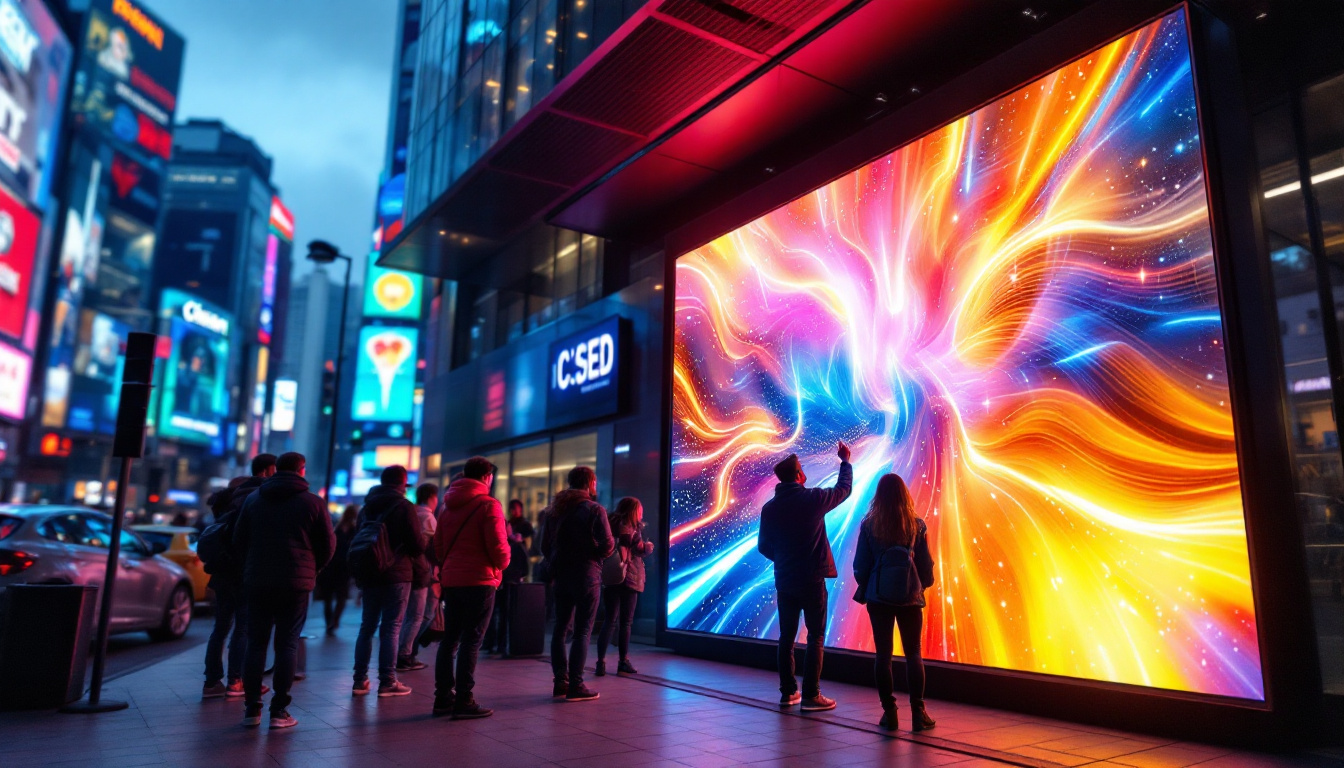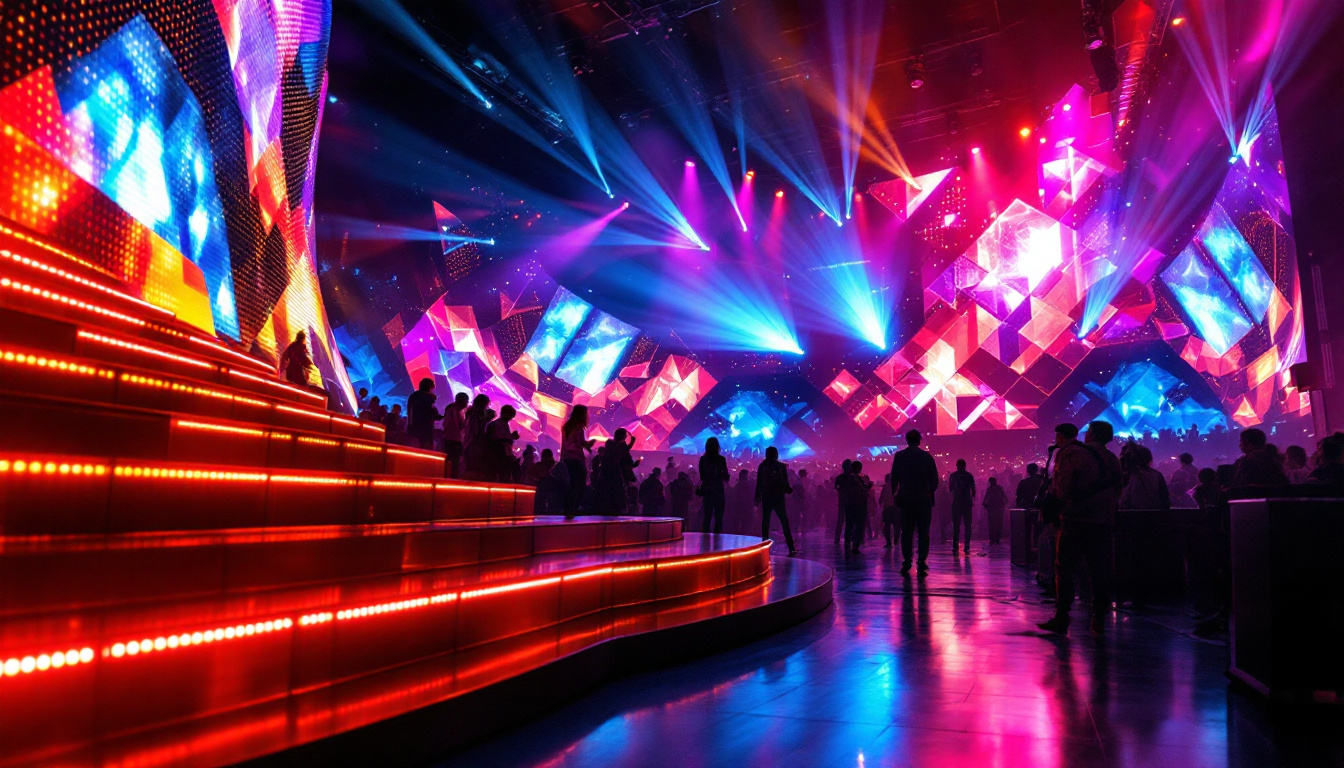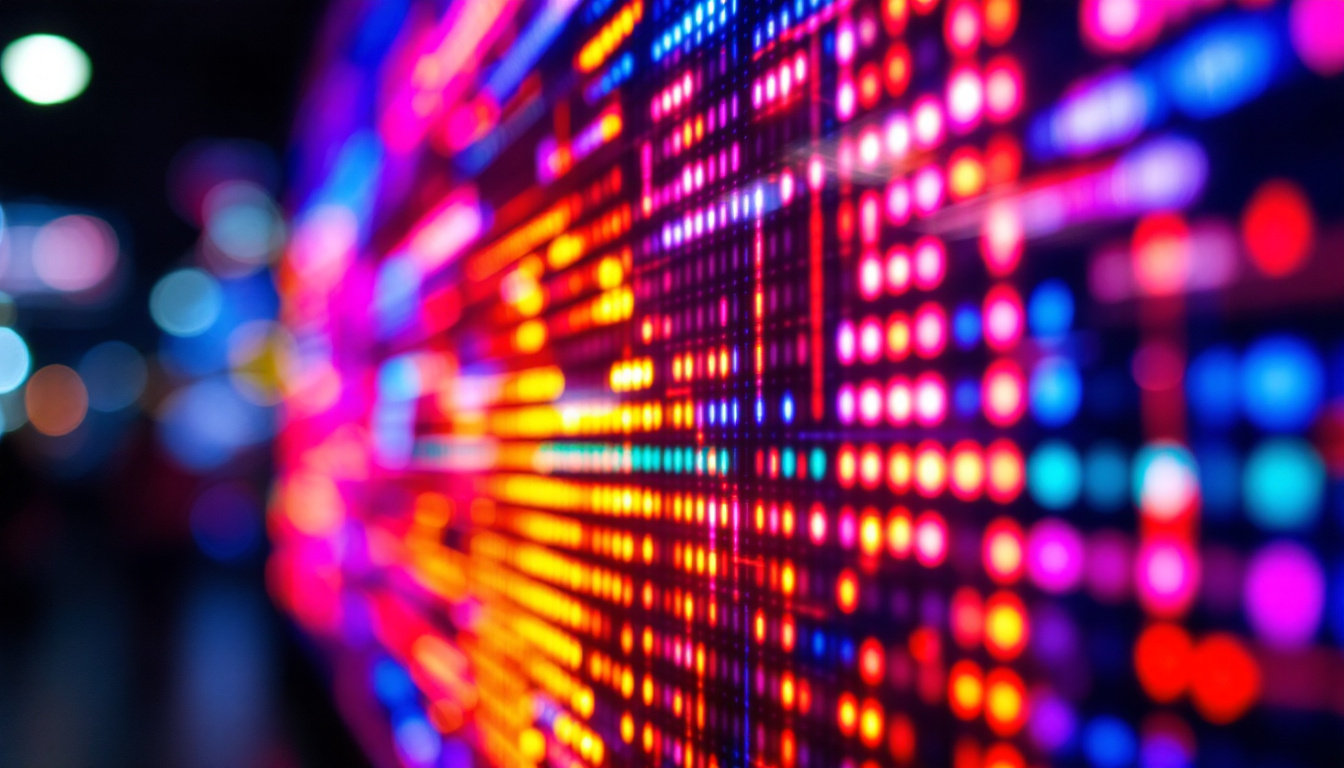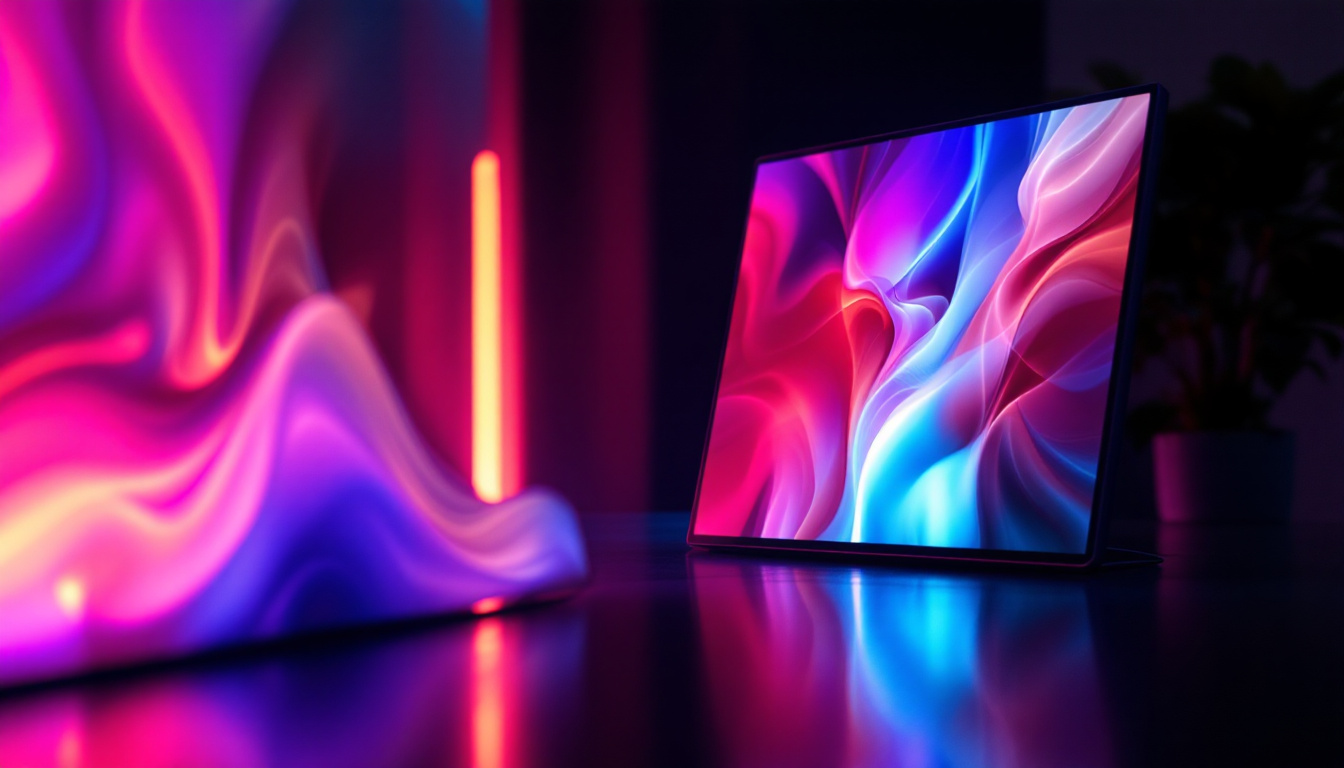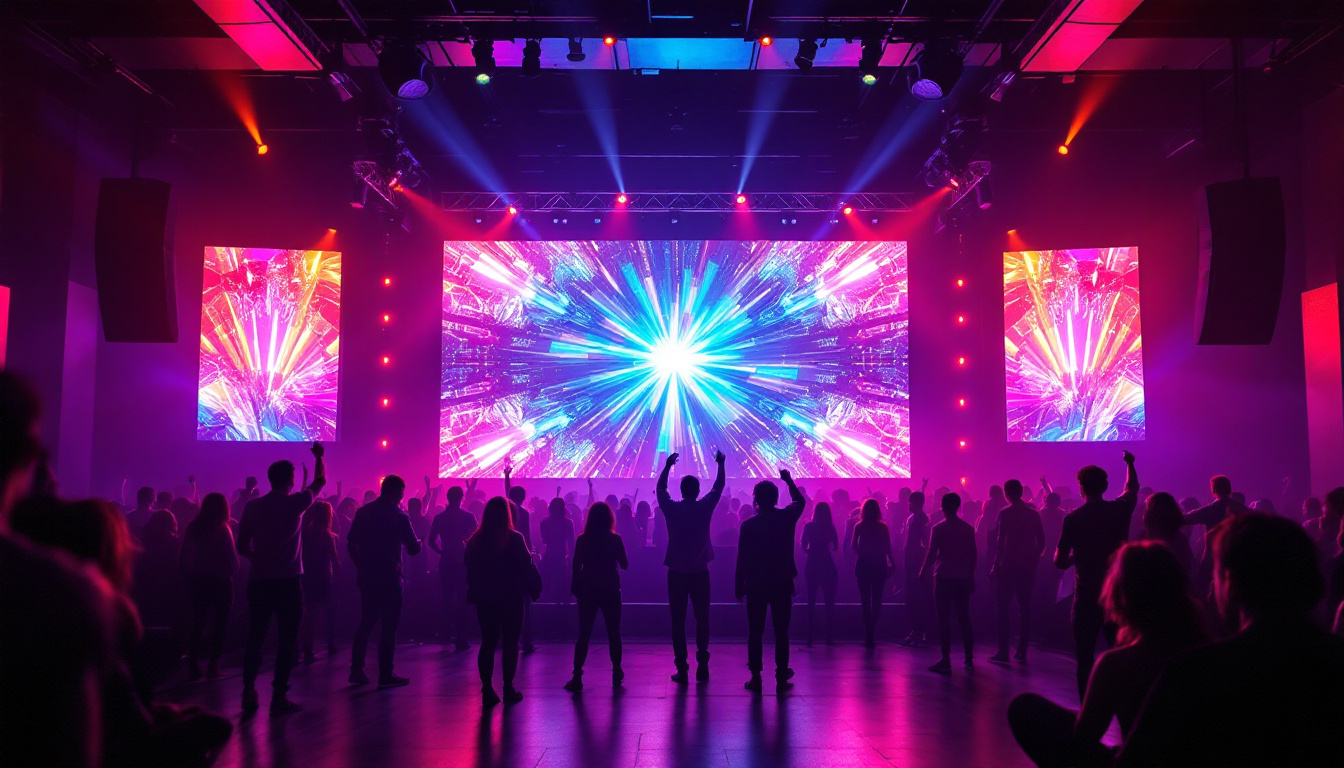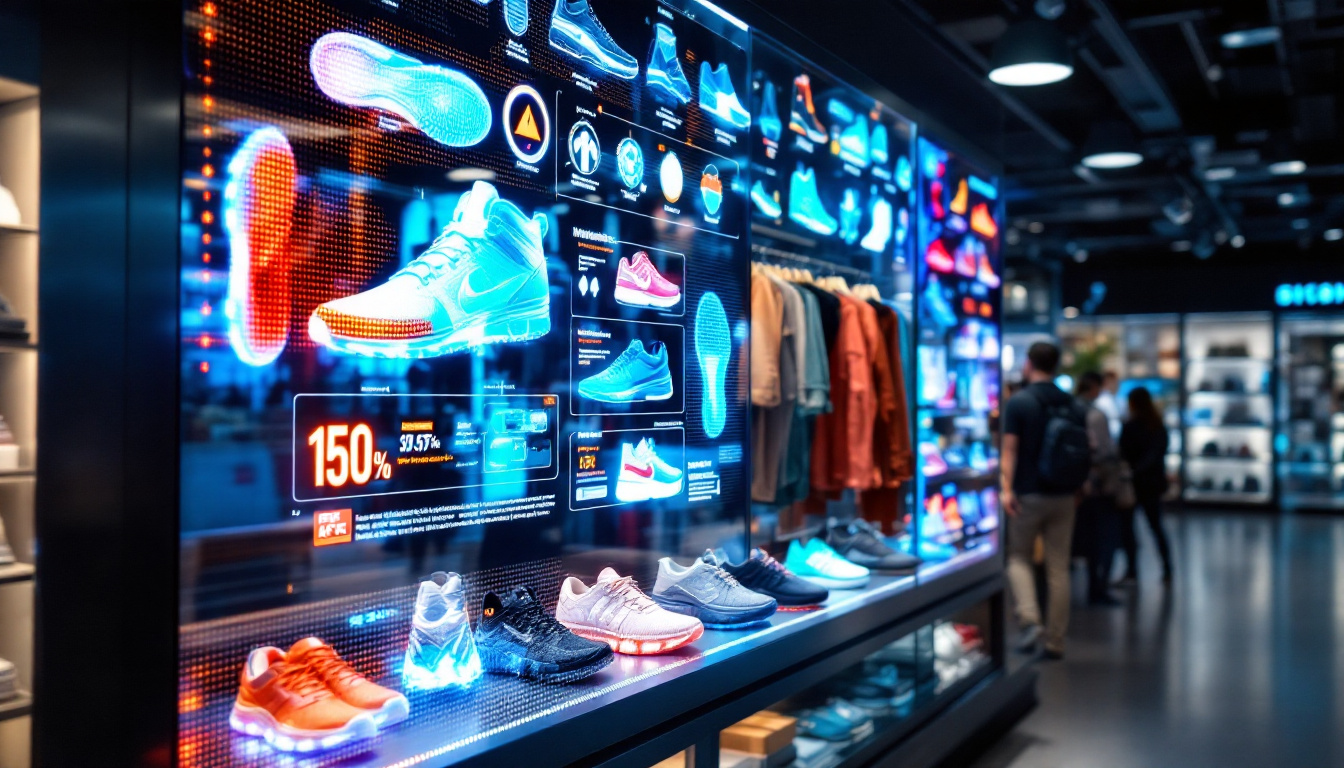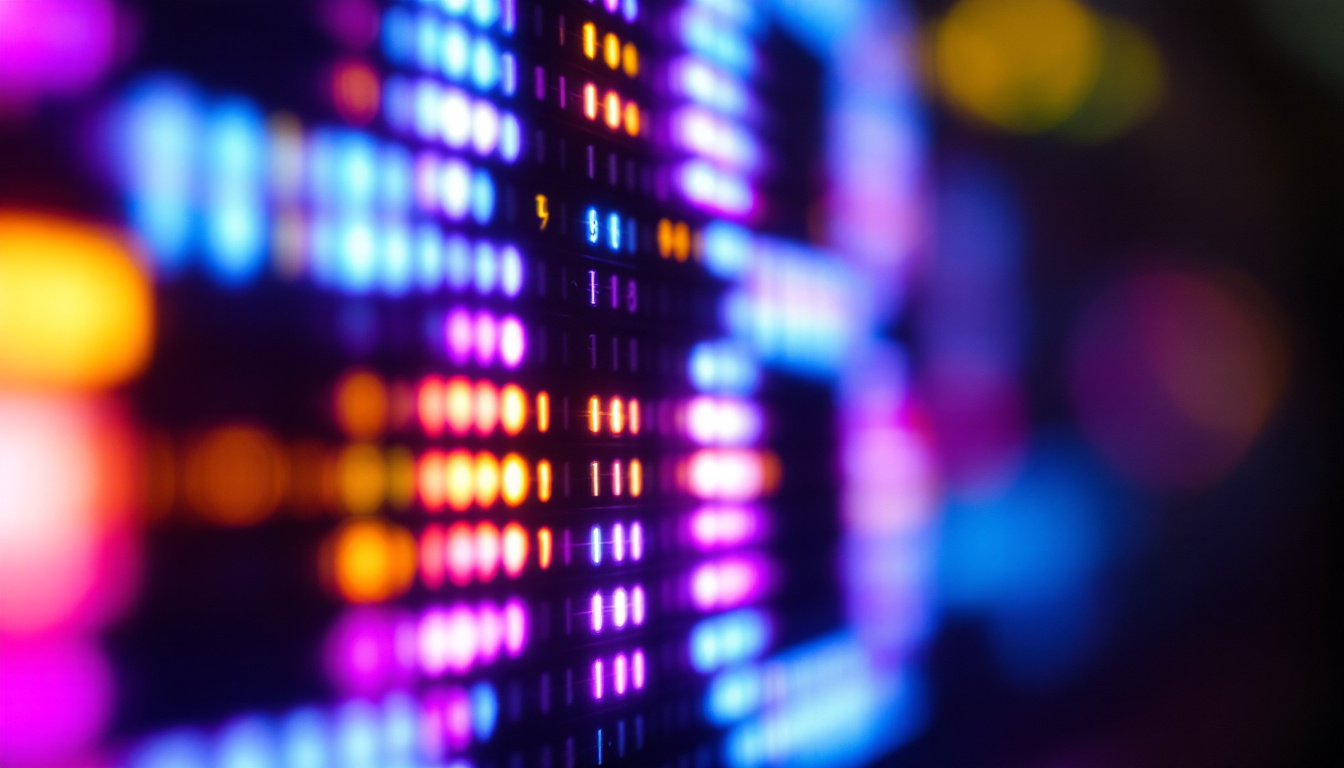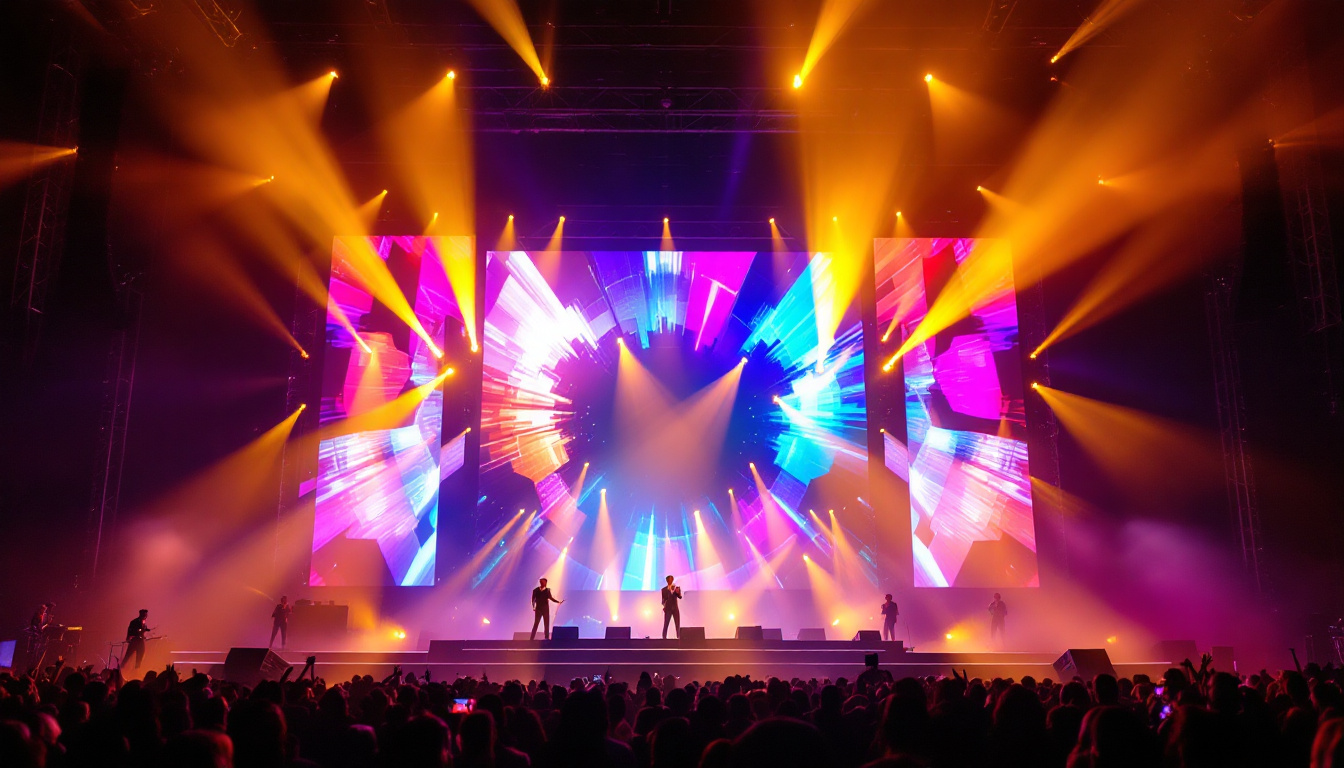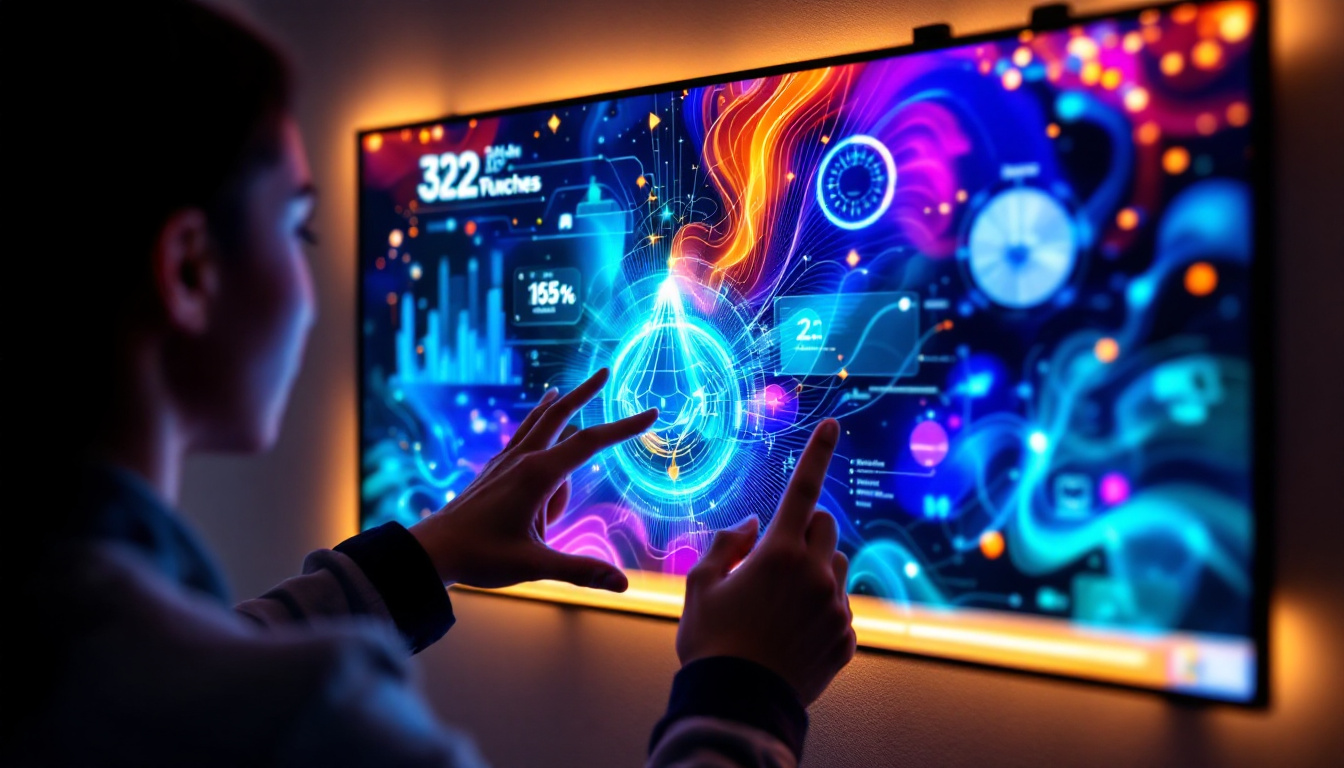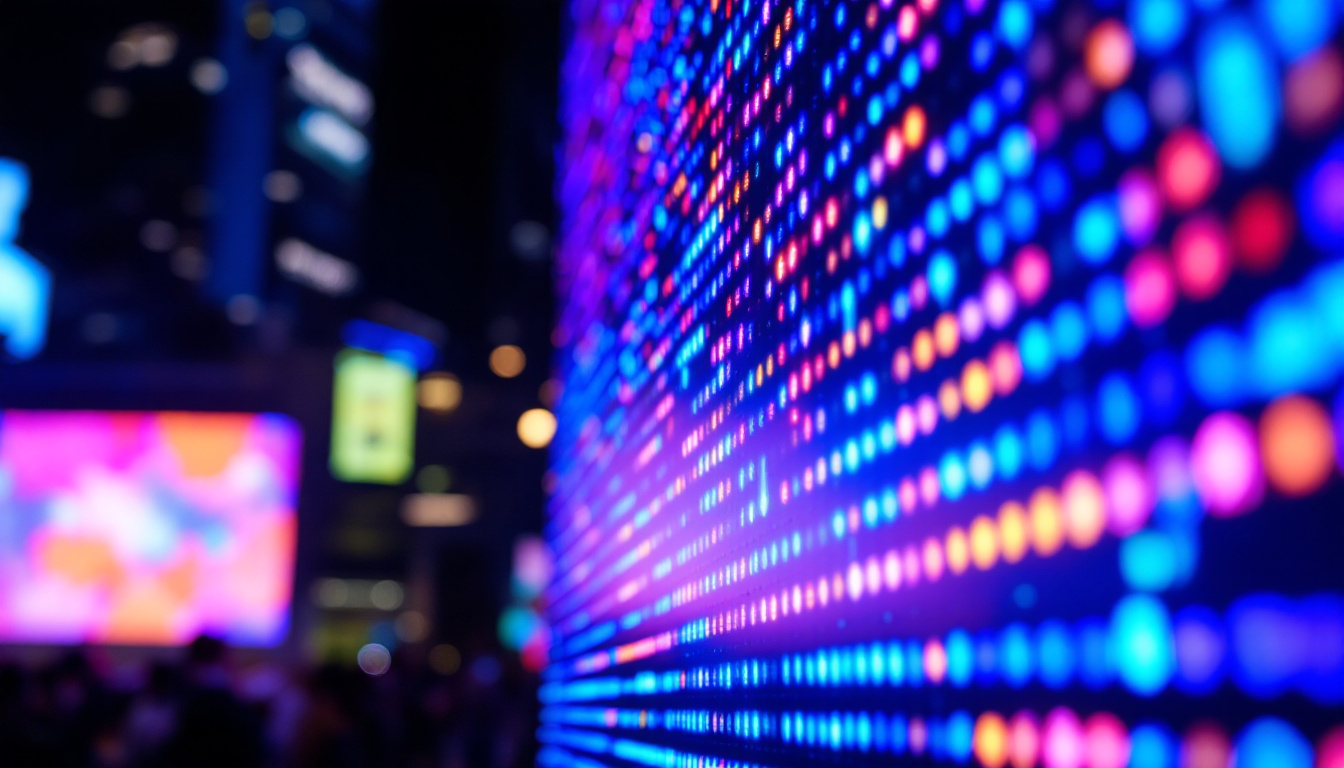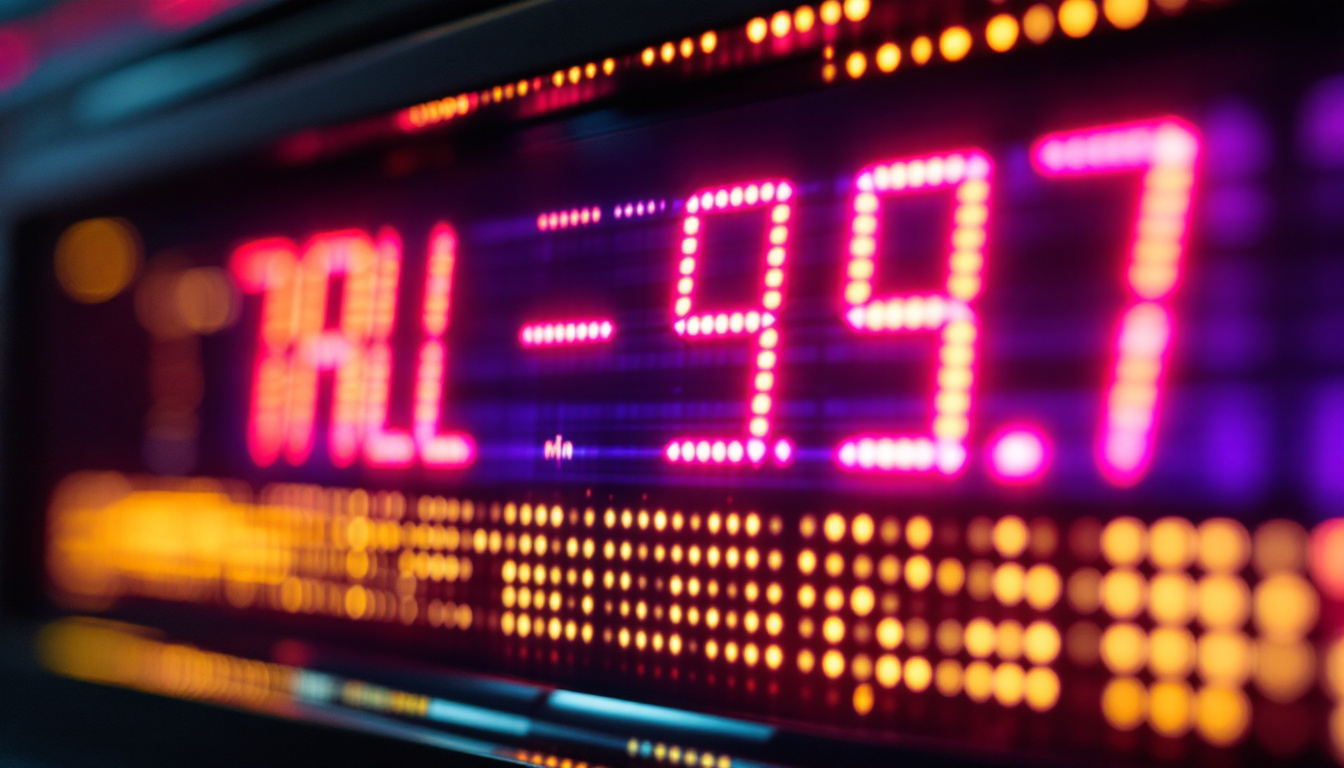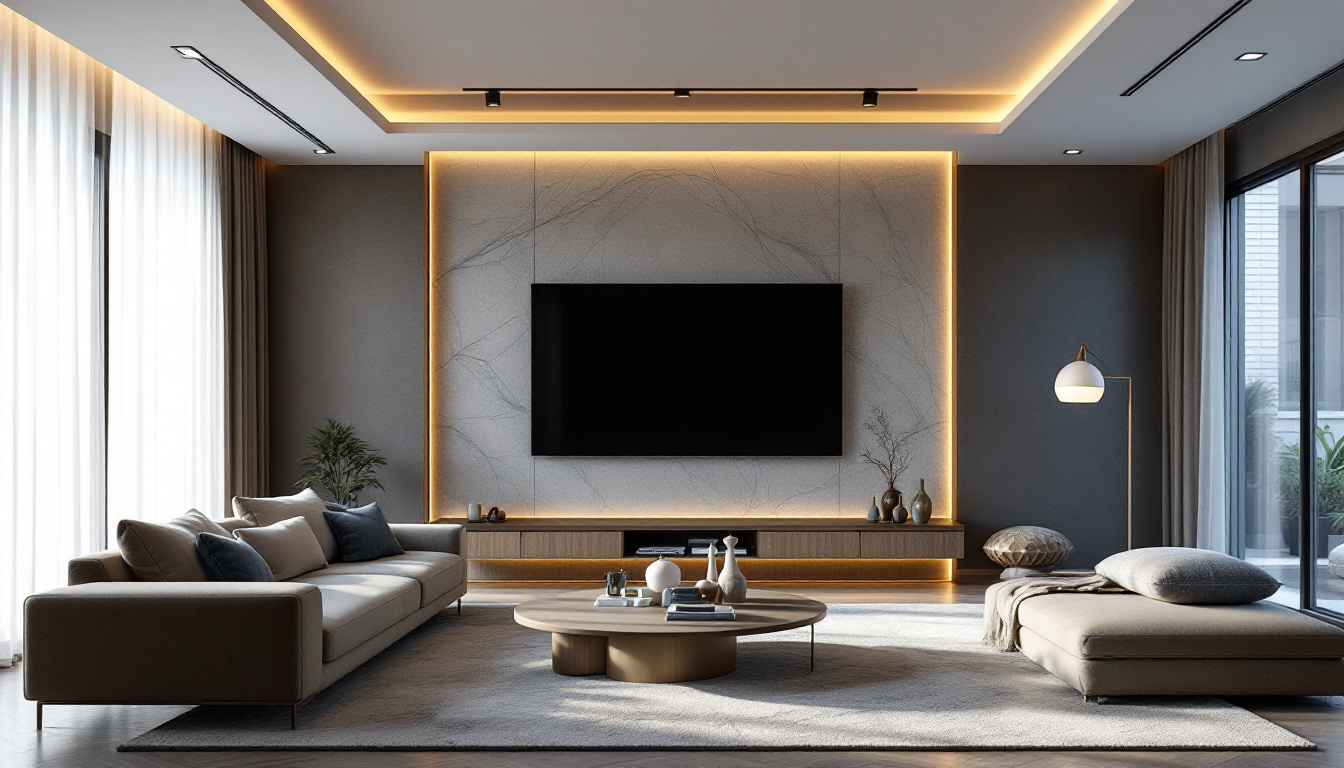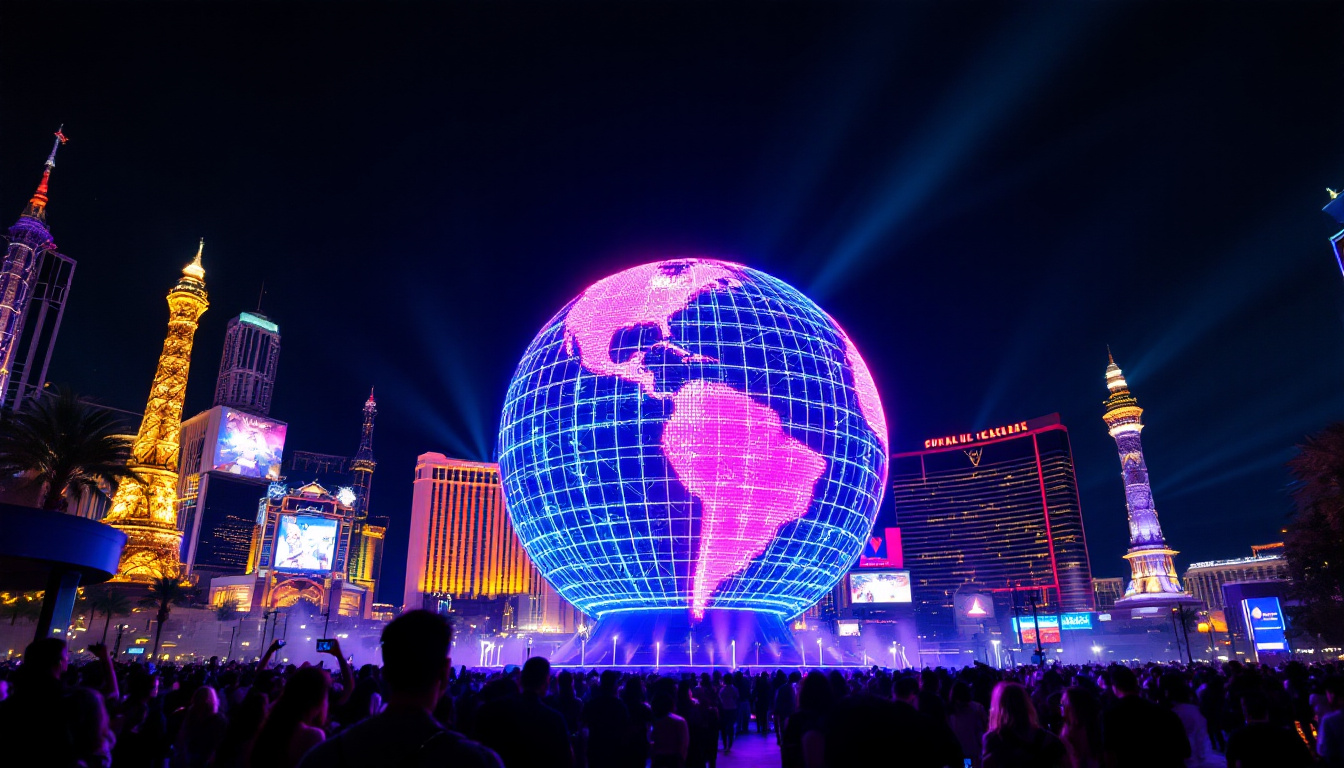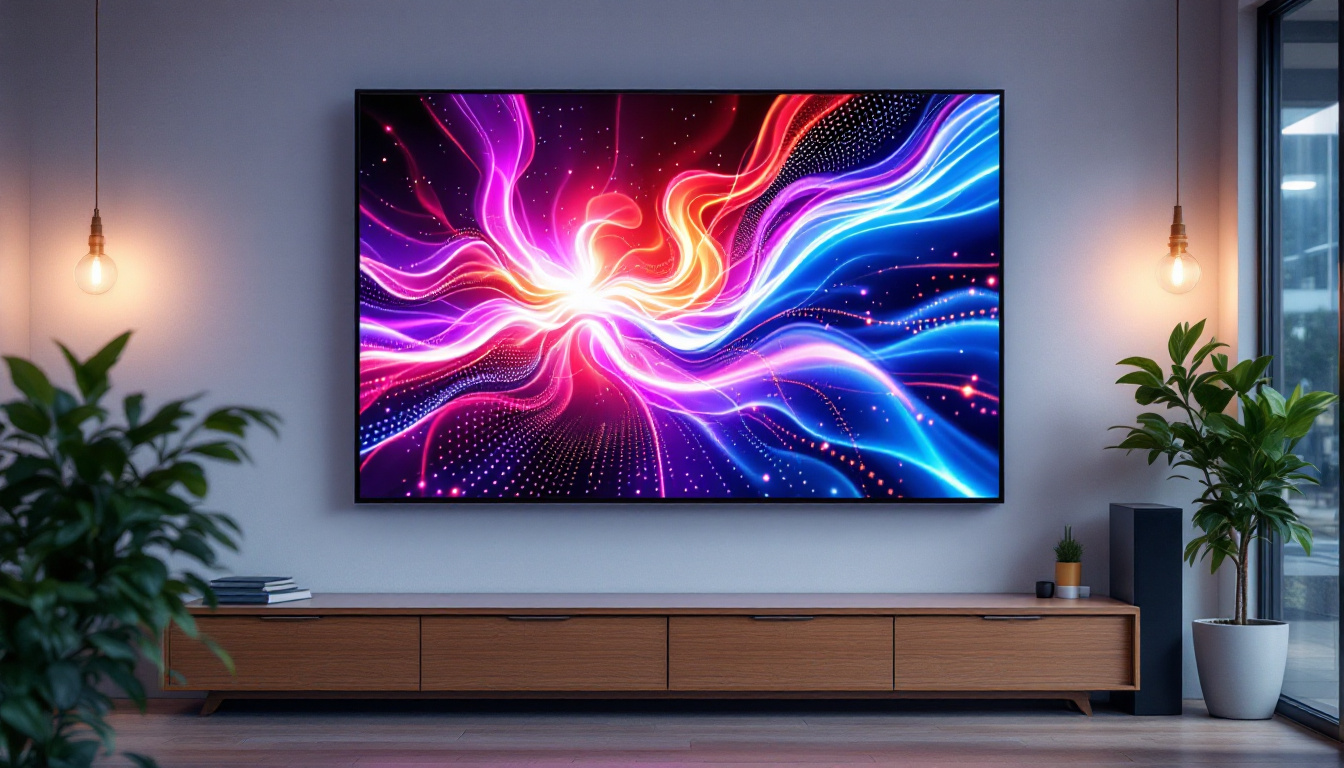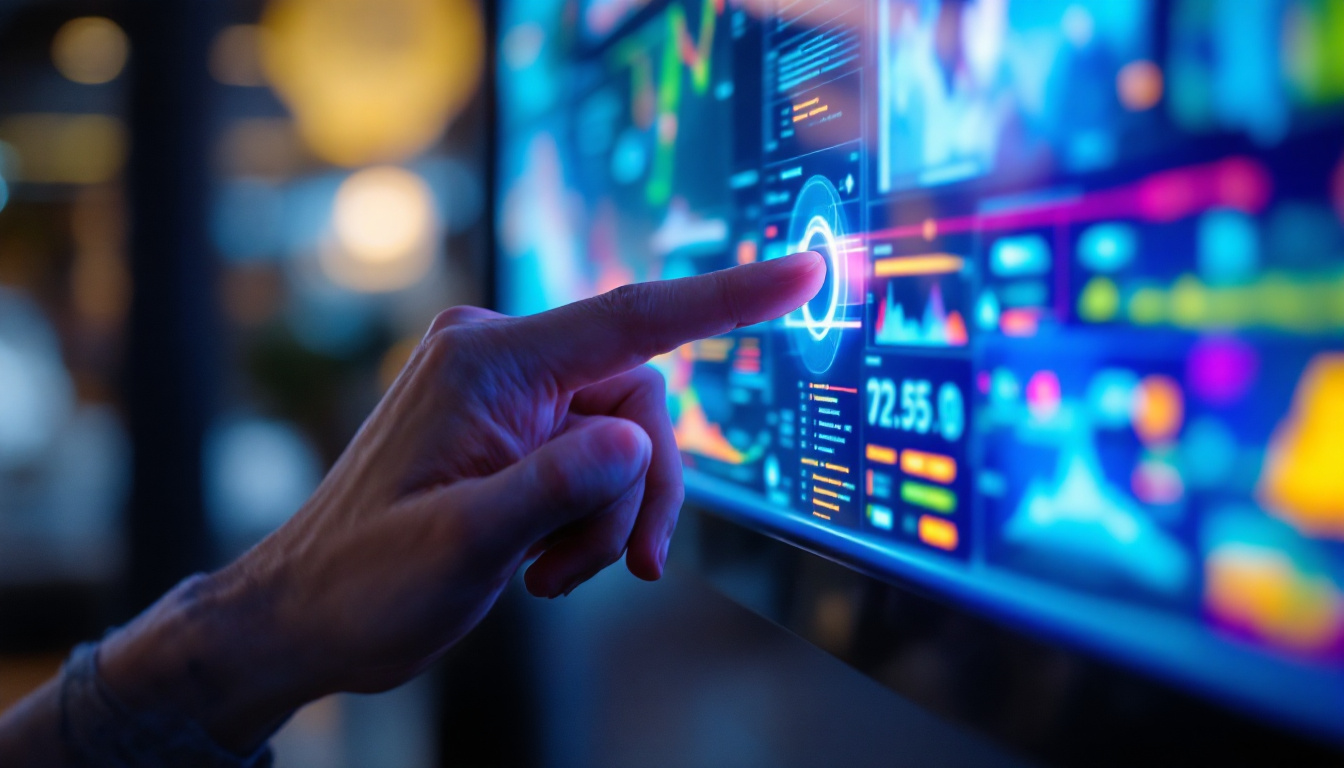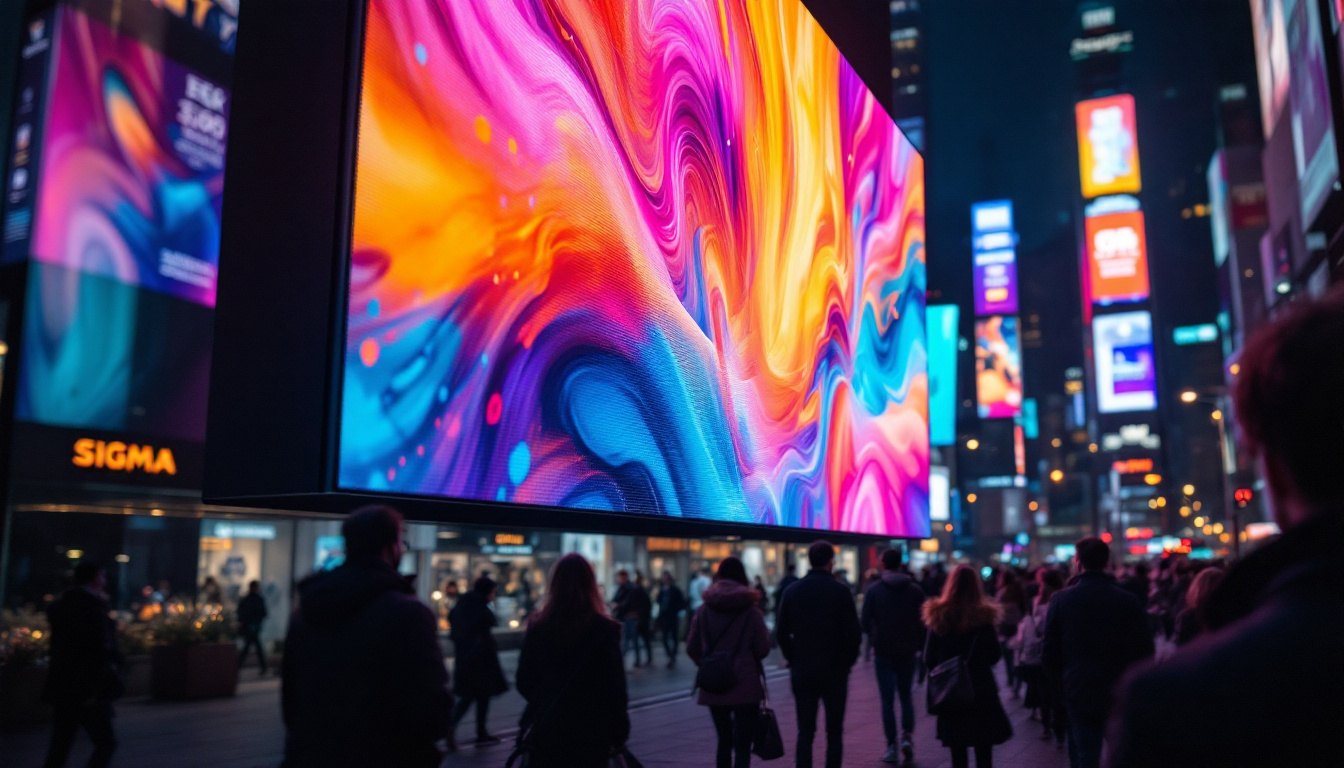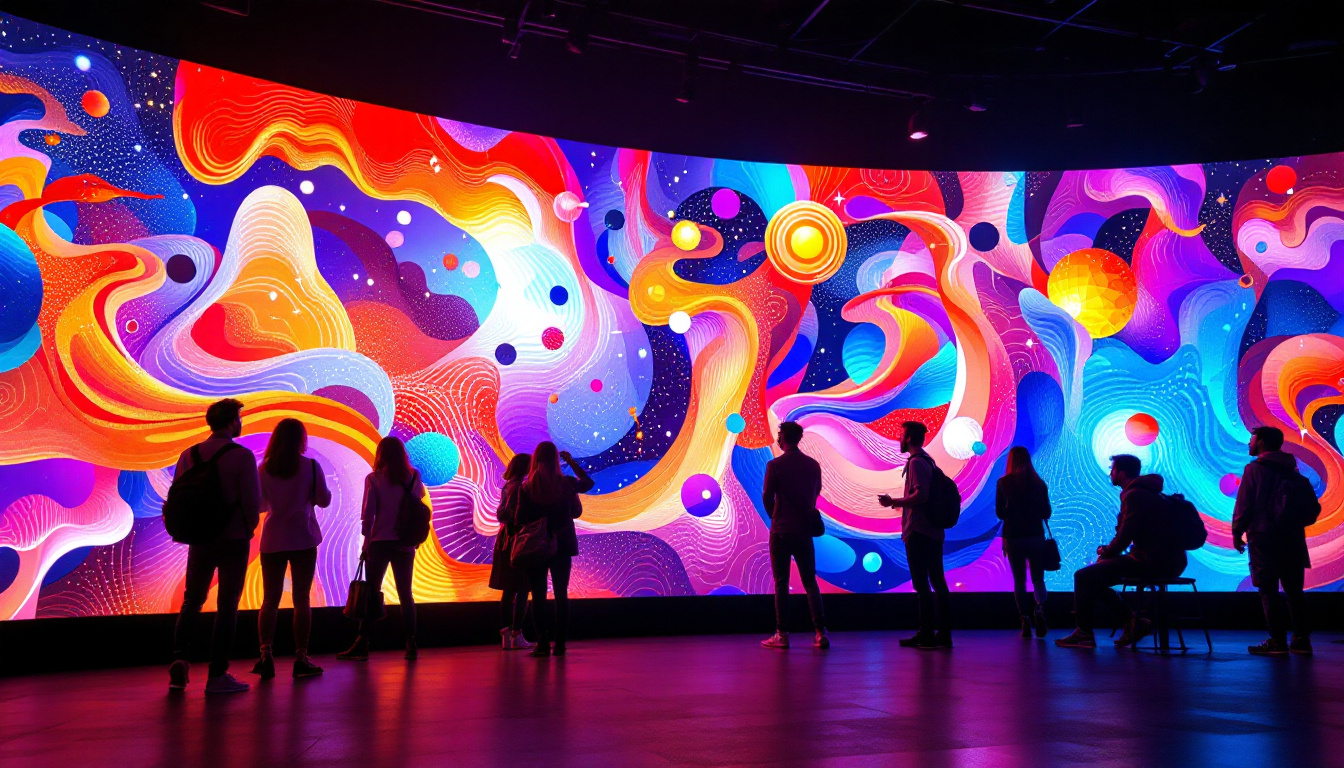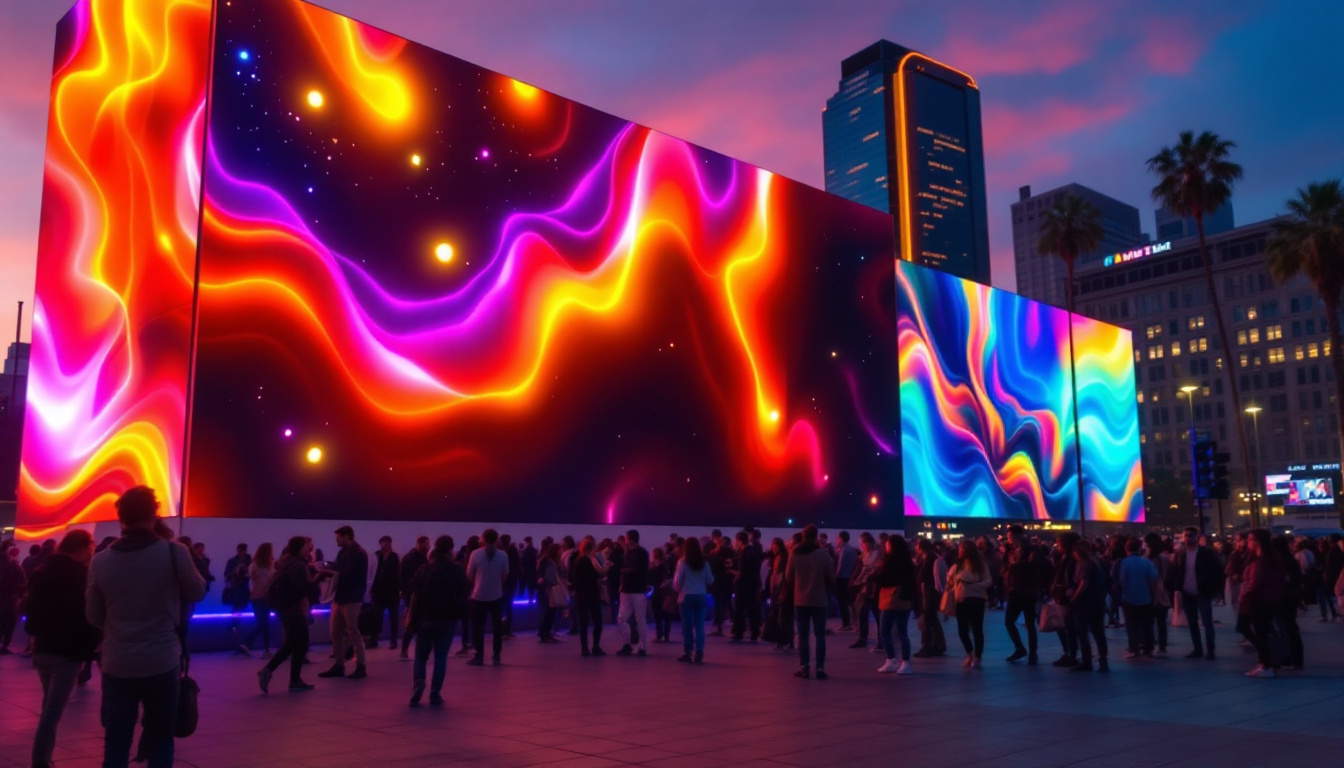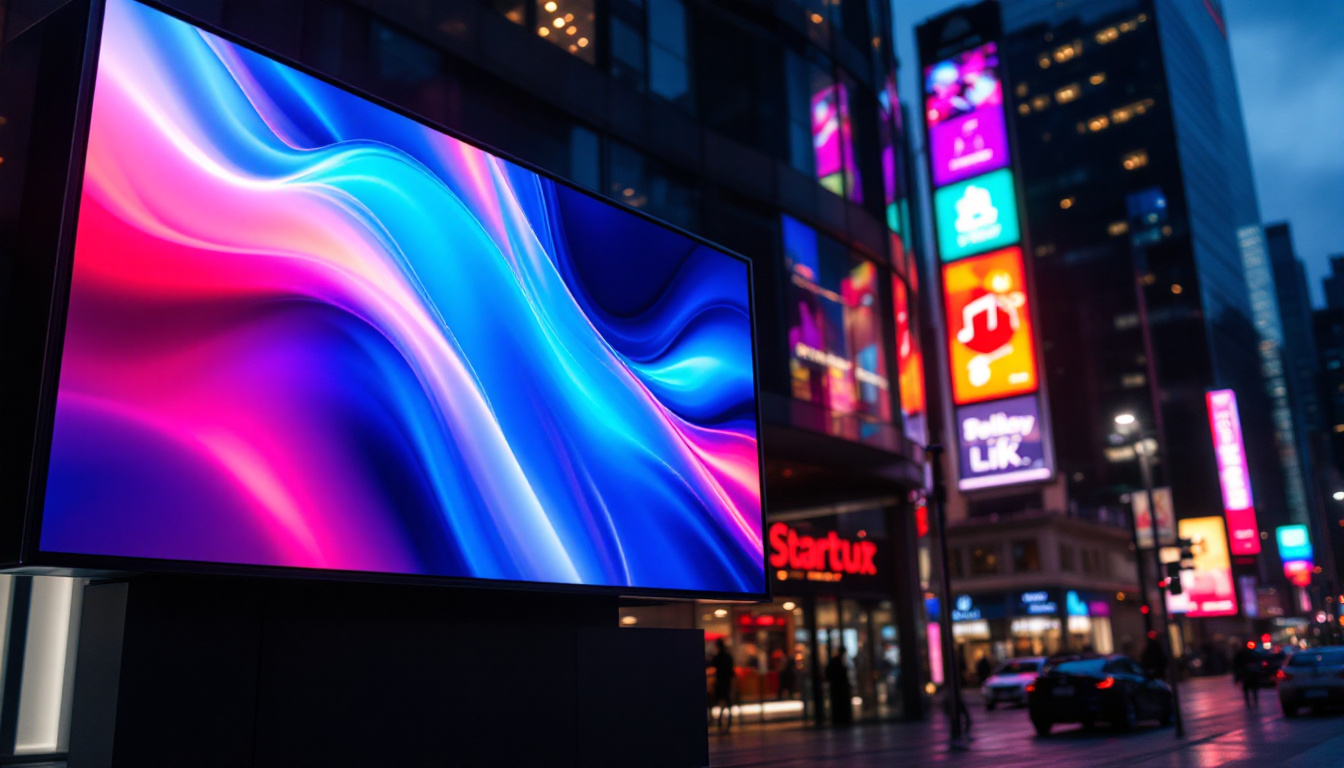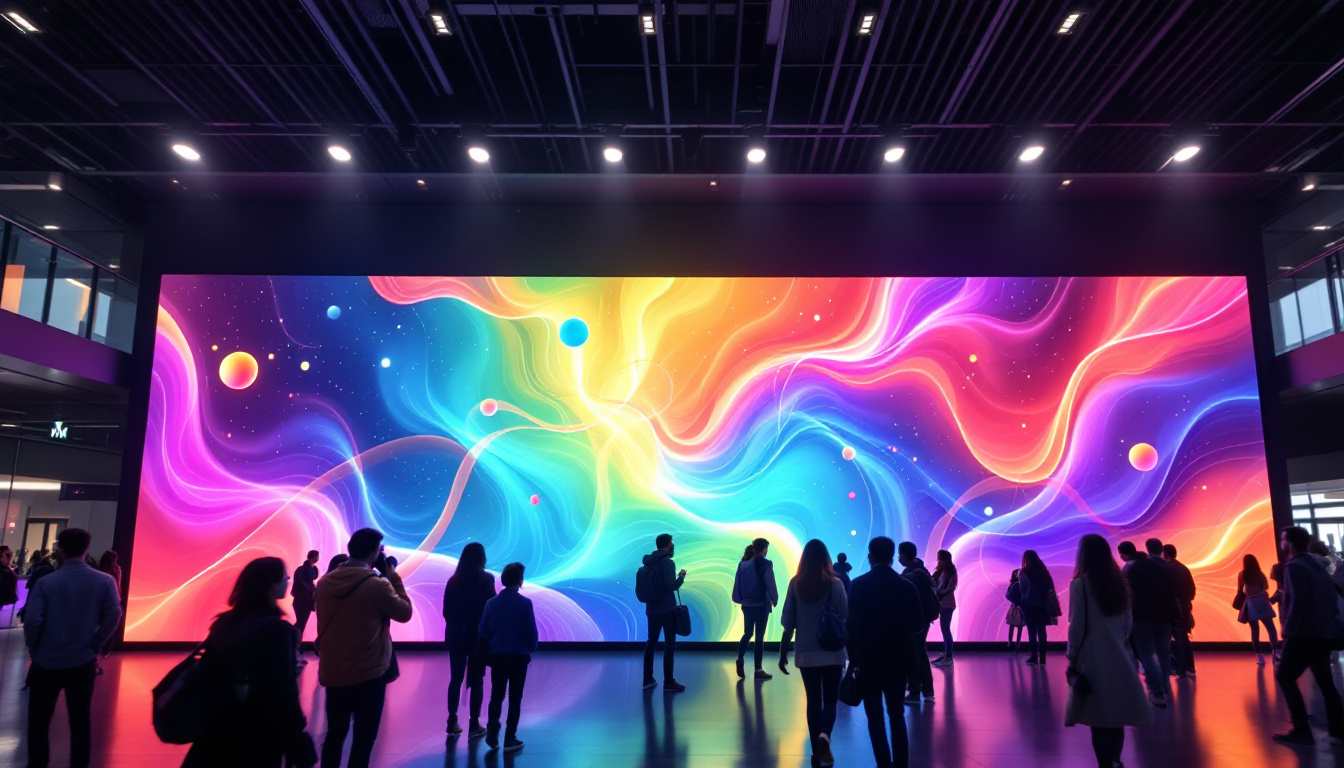Commercial LED Display: LED Display Explained
In today’s fast-paced digital world, the demand for effective advertising and communication tools has never been higher. One of the most prominent solutions that have emerged is the commercial LED display. These vibrant, eye-catching displays are revolutionizing the way businesses communicate with their audiences, offering unparalleled visibility and engagement. This article delves into the intricacies of LED displays, exploring their technology, applications, benefits, and future trends.
Understanding LED Technology
LED, or Light Emitting Diode, technology has transformed the landscape of display solutions. Unlike traditional display technologies, LED displays utilize a series of diodes to emit light, creating bright and vivid images. This section will explore the fundamental aspects of LED technology and how it differs from other display types.
How LED Displays Work
At the core of LED displays are tiny semiconductor devices that convert electricity into light. Each pixel on an LED display consists of red, green, and blue (RGB) diodes. By adjusting the intensity of these three colors, a wide spectrum of colors can be produced, allowing for dynamic and colorful visuals. The arrangement of these pixels determines the resolution and clarity of the display.
LED displays can be categorized into two main types: direct view and backlit. Direct view LED displays are composed of individual LED modules that create images directly, while backlit displays use LEDs to illuminate a liquid crystal display (LCD) panel. The direct view technology is particularly popular for commercial applications due to its superior brightness and viewing angles.
Types of LED Displays
Commercial LED displays come in various types, each tailored for specific applications. The most common types include:
- Indoor LED Displays: These displays are designed for use in controlled environments such as shopping malls, airports, and conference centers. They typically have a higher pixel density, providing clear images even at close distances.
- Outdoor LED Displays: Built to withstand harsh weather conditions, outdoor LED displays are larger and brighter, ensuring visibility even in direct sunlight. They are commonly used for billboards, sports arenas, and public events.
- Transparent LED Displays: A newer innovation, transparent LED displays allow for visibility through the screen while still displaying content. This technology is ideal for retail environments where maintaining a view of the products behind the display is essential.
Applications of Commercial LED Displays
The versatility of LED displays makes them suitable for a wide range of applications across various industries. From advertising to information dissemination, their impact is significant. Below are some of the key areas where commercial LED displays are utilized.
Advertising and Marketing
One of the primary uses of commercial LED displays is in advertising. Businesses leverage these displays to capture the attention of potential customers with vibrant visuals and dynamic content. The ability to change messages in real-time allows advertisers to tailor their campaigns based on time, audience, or location.
Outdoor LED billboards, for instance, can display multiple advertisements throughout the day, maximizing exposure and engagement. Indoor displays in retail environments can showcase promotions, new arrivals, or even interactive content that encourages customer interaction.
Event and Entertainment Venues
In the realm of entertainment, LED displays play a crucial role in enhancing the audience experience. Concerts, sports events, and festivals utilize large LED screens to broadcast live performances, highlight reels, and advertisements. The high brightness and resolution of these displays ensure that every detail is visible, even from a distance.
Moreover, LED displays can be integrated into stage designs, creating immersive environments that captivate audiences. Their flexibility in size and shape allows for creative installations that enhance the overall aesthetic of the event.
Transportation Hubs
Airports, train stations, and bus terminals are increasingly adopting LED displays for information dissemination. These displays provide real-time updates on flight schedules, train arrivals, and safety information, ensuring that travelers have access to the information they need at a glance.
The durability and visibility of LED displays make them ideal for high-traffic areas where clarity and reliability are paramount. Additionally, their ability to display dynamic content allows for timely updates and announcements, improving the overall travel experience.
Benefits of Commercial LED Displays
The adoption of commercial LED displays offers numerous advantages that contribute to their growing popularity. Understanding these benefits can help businesses make informed decisions about their advertising and communication strategies.
High Visibility and Brightness
One of the standout features of LED displays is their exceptional brightness. Unlike traditional displays, LED screens can maintain visibility even in direct sunlight, making them ideal for outdoor applications. This high visibility ensures that messages reach a broader audience, maximizing the effectiveness of advertising campaigns.
Moreover, the vibrant colors produced by LED technology enhance the visual appeal of content, drawing attention and encouraging engagement. This is particularly important in competitive environments where capturing the audience’s interest is crucial.
Energy Efficiency
LED displays are known for their energy efficiency compared to traditional display technologies. They consume less power while providing superior brightness, which translates to lower operational costs for businesses. Additionally, the long lifespan of LED components reduces the frequency of replacements, further contributing to cost savings.
With growing concerns about environmental sustainability, the energy-efficient nature of LED displays aligns with the goals of many businesses looking to reduce their carbon footprint. This makes them an attractive option for companies committed to eco-friendly practices.
Flexibility and Customization
Commercial LED displays offer a high degree of flexibility in terms of size, shape, and content. Businesses can choose from a variety of configurations to suit their specific needs, whether it’s a large outdoor billboard or a small indoor screen. This adaptability allows for creative installations that enhance brand visibility.
Furthermore, the ability to update content remotely and in real-time enables businesses to respond quickly to changing circumstances, such as promotions or events. This level of customization ensures that the display remains relevant and engaging to the target audience.
Challenges and Considerations
While the benefits of commercial LED displays are substantial, there are also challenges and considerations that businesses must address when implementing this technology. Understanding these factors can help in making informed decisions.
Initial Investment Costs
The initial investment for commercial LED displays can be significant, especially for high-quality outdoor models. Businesses must consider the upfront costs associated with purchasing and installing the displays, which can be a barrier for some organizations.
However, it is essential to view this investment as a long-term strategy. The durability, energy efficiency, and potential for increased revenue through effective advertising can lead to a favorable return on investment over time.
Maintenance and Technical Support
Like any technology, LED displays require regular maintenance to ensure optimal performance. This includes cleaning, software updates, and addressing any technical issues that may arise. Businesses must factor in the costs and resources needed for maintenance, as well as the availability of technical support.
Partnering with a reliable provider can alleviate some of these concerns, as they can offer ongoing support and maintenance services. This ensures that the displays remain functional and effective throughout their lifespan.
The Future of Commercial LED Displays
The landscape of commercial LED displays is continually evolving, driven by advancements in technology and changing consumer preferences. As businesses seek innovative ways to engage their audiences, several trends are emerging that will shape the future of LED displays.
Integration with Smart Technology
As smart technology becomes more prevalent, the integration of LED displays with IoT (Internet of Things) devices is on the rise. This integration allows for more sophisticated content management systems that can analyze audience behavior and tailor messages accordingly.
For instance, LED displays can be programmed to change content based on the time of day, weather conditions, or even demographic data collected from nearby sensors. This level of personalization enhances the effectiveness of advertising and communication efforts, making them more relevant to the audience.
Advancements in Display Quality
Ongoing advancements in LED technology are leading to improvements in display quality. Higher resolution displays with increased pixel density are becoming more accessible, allowing for sharper images and more detailed content. This is particularly important for applications where clarity is crucial, such as in retail environments or during live events.
Additionally, innovations such as microLED technology are paving the way for even more compact and efficient displays. These developments will likely expand the possibilities for creative installations and applications in the future.
Focus on Sustainability
As sustainability continues to be a priority for businesses and consumers alike, the LED display industry is responding with eco-friendly practices. Manufacturers are increasingly focusing on producing energy-efficient displays and using recyclable materials in their construction.
This shift towards sustainability not only aligns with consumer values but also helps businesses reduce their environmental impact. As a result, companies that prioritize eco-friendly practices in their advertising strategies may gain a competitive advantage in the marketplace.
Conclusion
Commercial LED displays are a powerful tool for businesses seeking to enhance their advertising and communication efforts. With their vibrant visuals, energy efficiency, and versatility, LED displays offer numerous advantages that can drive engagement and increase brand visibility.
As technology continues to evolve, the future of LED displays looks promising, with trends such as smart integration, improved display quality, and a focus on sustainability shaping the industry. By understanding the benefits and challenges associated with LED displays, businesses can make informed decisions that align with their goals and objectives.
In an increasingly competitive landscape, investing in commercial LED displays may be the key to standing out and effectively reaching target audiences. The potential for innovation and creativity in this space is vast, making it an exciting time for businesses to explore the possibilities of LED technology.
Explore Cutting-Edge LED Displays with LumenMatrix
Ready to elevate your brand’s presence and captivate your audience with high-impact visual displays? Discover LumenMatrix’s innovative LED display solutions, from Indoor and Outdoor LED Walls to specialized displays for vehicles, sports, and more. Embrace the future of visual communication with our advanced, energy-efficient, and customizable LED modules. Check out LumenMatrix LED Display Solutions today and transform how you connect with your audience.

